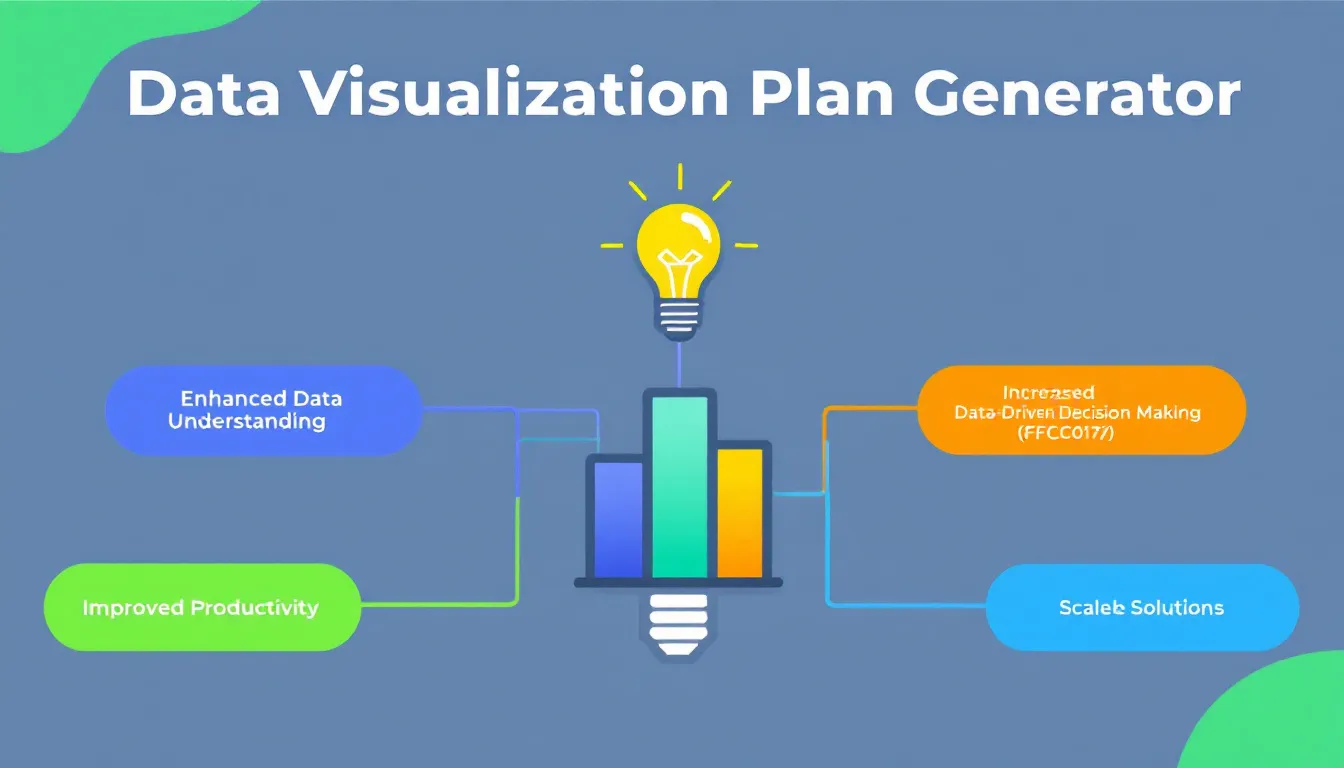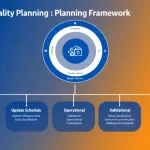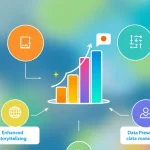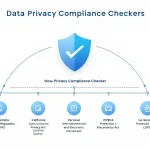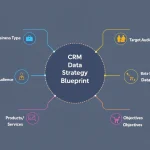Data Visualization Plan Generator
Is this tool helpful?
How to Use the Data Visualization Plan Generator Effectively
To get the most accurate and helpful data visualization plan, you’ll want to provide clear and detailed information in each section of the form. Here’s how to fill out each field with practical examples:
-
Desired Outcome: Describe the specific goal you want to achieve with your data visualization. Examples:
- “Improve customer churn prediction accuracy by 10% within 3 months”
- “Enhance employee performance tracking to boost productivity by 15% this quarter”
-
Data Description: Briefly explain the data you have available. Examples:
- “Quarterly sales data across all product lines, segmented by customer demographics and regions for the past 5 years”
- “Employee attendance records, performance scores, and training completion status over the last 18 months”
-
Key Metrics: List important performance indicators relevant to your goals. Examples:
- “Customer Retention Rate, Average Order Size, Repeat Purchase Rate”
- “Employee Utilization Rate, Training Completion Rate, Customer Satisfaction Score”
-
Audience Background (Optional): Describe your audience’s familiarity with data and analytics. Examples:
- “Sales team with limited technical skills but strong business knowledge”
- “Data analysts and product managers comfortable with advanced analytics”
-
Preferred Visualization Types (Optional): Indicate any visualization formats you prefer. Examples:
- “Interactive heatmaps, KPI scorecards, trend lines”
- “Pie charts, histogram distributions, geospatial maps”
- Submit the form to generate a tailored visualization plan based on your inputs.
Once you receive your customized plan, use it as a guide to design clear, insightful visualizations that connect your data to your business goals.
Engaging Introduction: Definition, Purpose, and Benefits of the Data Visualization Plan Generator
The Data Visualization Plan Generator is a tool designed to help you create focused, actionable visualization strategies that align with your business objectives. It simplifies the complexity of visual storytelling by taking your project details and generating a clear plan showing which visuals best communicate your data.
What This Tool Does
This generator guides data analysts, managers, and decision-makers through essential planning steps by asking for your project’s goals, data scope, key metrics, and audience context. Based on your answers, it suggests tailored visualization types and strategies that effectively highlight your data’s insights.
Why Planning Your Data Visualizations Matters
Skipping the planning stage can lead to irrelevant or confusing charts that fail to support your goals. This tool ensures you:
- Align visuals with specific business objectives
- Focus on the right key performance indicators (KPIs)
- Choose visualization types suited to your dataset and audience
- Tell a consistent, clear data story
Benefits of Using the Generator
- Save time by removing guesswork in visualization selection
- Enhance clarity in communicating complex data
- Increase stakeholder engagement with tailored visuals
- Drive better business decisions through targeted insights
- Improve your data literacy and visualization skills
Practical Use Cases for the Data Visualization Plan Generator
Marketing Performance Tracking
Imagine your marketing team wants to improve advertising efficiency. Enter details like:
- Desired Outcome: Increase campaign engagement rates by 30% in the next 6 months
- Data Description: Social media ad impressions, click-through data, and audience demographics over the last year
- Key Metrics: Click-through rate (CTR), Cost per Click (CPC), Engagement Rate
- Audience Background: Marketing managers and content creators with basic data knowledge
The generator might recommend the following visualization plan:
- Line charts tracking CTR trends over time, broken down by platform
- Bar charts comparing CPC across different campaigns
- Heatmaps showing engagement rates by demographic groups
- Interactive dashboards highlighting campaign ROI and budget allocation
Product Development Insights
For a product team analyzing feature usage, your inputs might be:
- Desired Outcome: Identify key features driving user retention for improved prioritization
- Data Description: User behavior logs and retention metrics segmented by feature use over 12 months
- Key Metrics: Retention Rate, Daily Active Users (DAU), Feature Adoption Rate
- Audience Background: Product managers and UX designers with analytical experience
Recommended visualizations might include:
- Cohort analysis charts showing user retention by feature engagement
- Funnel visualizations of user progression through key features
- Scatter plots correlating feature usage with retention times
- Dashboards featuring real-time adoption rates and user feedback summaries
Key Features and Advantages of the Data Visualization Plan Generator
1. Tailored Visualization Recommendations
By analyzing your specified goals, data type, and audience background, the tool suggests visual formats that maximize comprehension and impact.
2. Audience-Aware Visual Planning
The generator adjusts recommendations to match your audience’s technical knowledge, ensuring your charts communicate clearly without overwhelming or under-informing stakeholders.
3. Streamlined KPI Focus
It helps you select the most relevant KPIs, breaking down information overload and keeping your visuals aligned with business priorities.
4. Cohesive Data Storytelling
Rather than isolated charts, the plan supports building a logical narrative through your visuals, making it easier for your audience to grasp insights.
5. Improved Data Literacy and Efficiency
Using this tool repeatedly sharpens your understanding of visualization best practices, speeding up your planning process and boosting overall communication quality.
Important Disclaimer
The calculations, results, and content provided by our tools are not guaranteed to be accurate, complete, or reliable. Users are responsible for verifying and interpreting the results. Our content and tools may contain errors, biases, or inconsistencies. Do not enter personal data, sensitive information, or personally identifiable information in our web forms or tools. Such data entry violates our terms of service and may result in unauthorized disclosure to third parties. We reserve the right to save inputs and outputs from our tools for the purposes of error debugging, bias identification, and performance improvement. External companies providing AI models used in our tools may also save and process data in accordance with their own policies. By using our tools, you consent to this data collection and processing. We reserve the right to limit the usage of our tools based on current usability factors.
